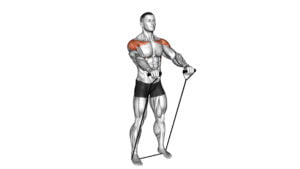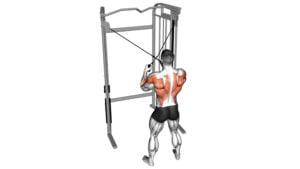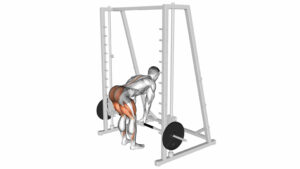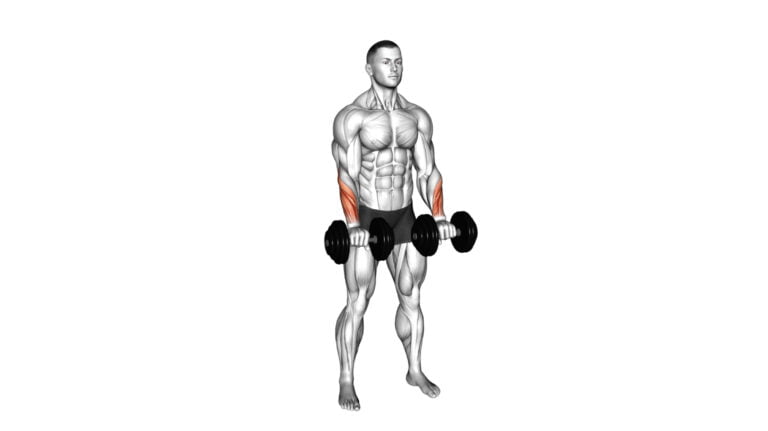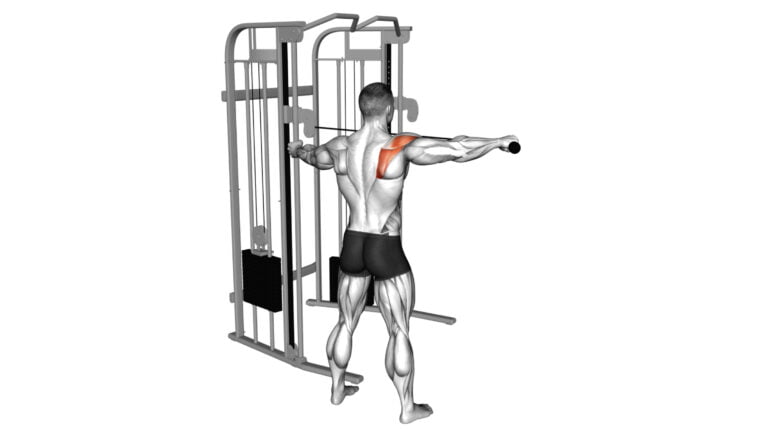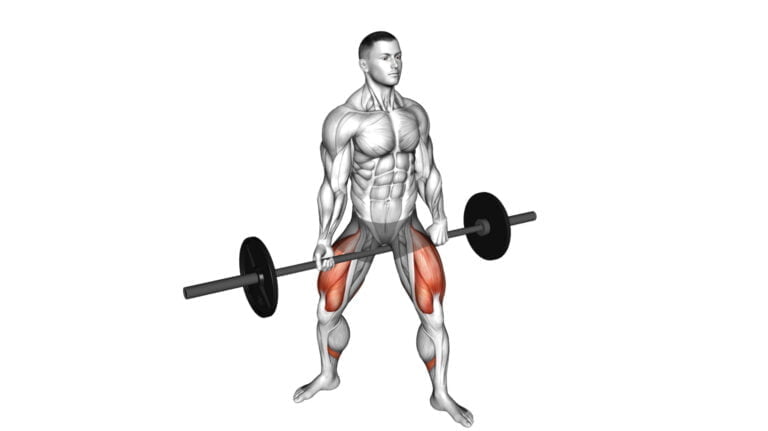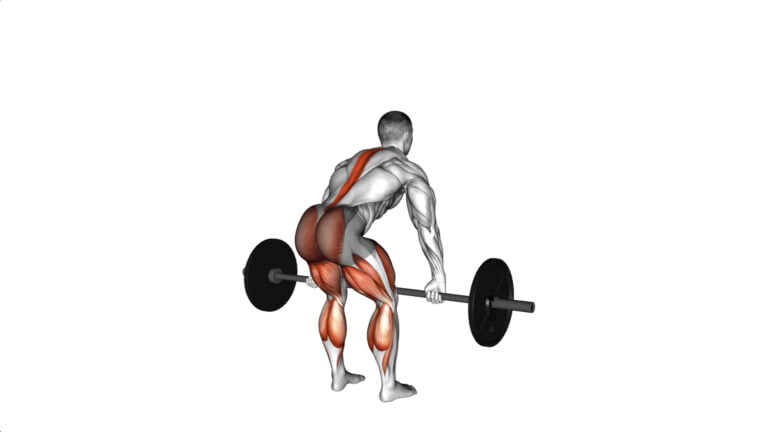10 Exercises For Side Deltoids That Will Transform Your Shoulders!
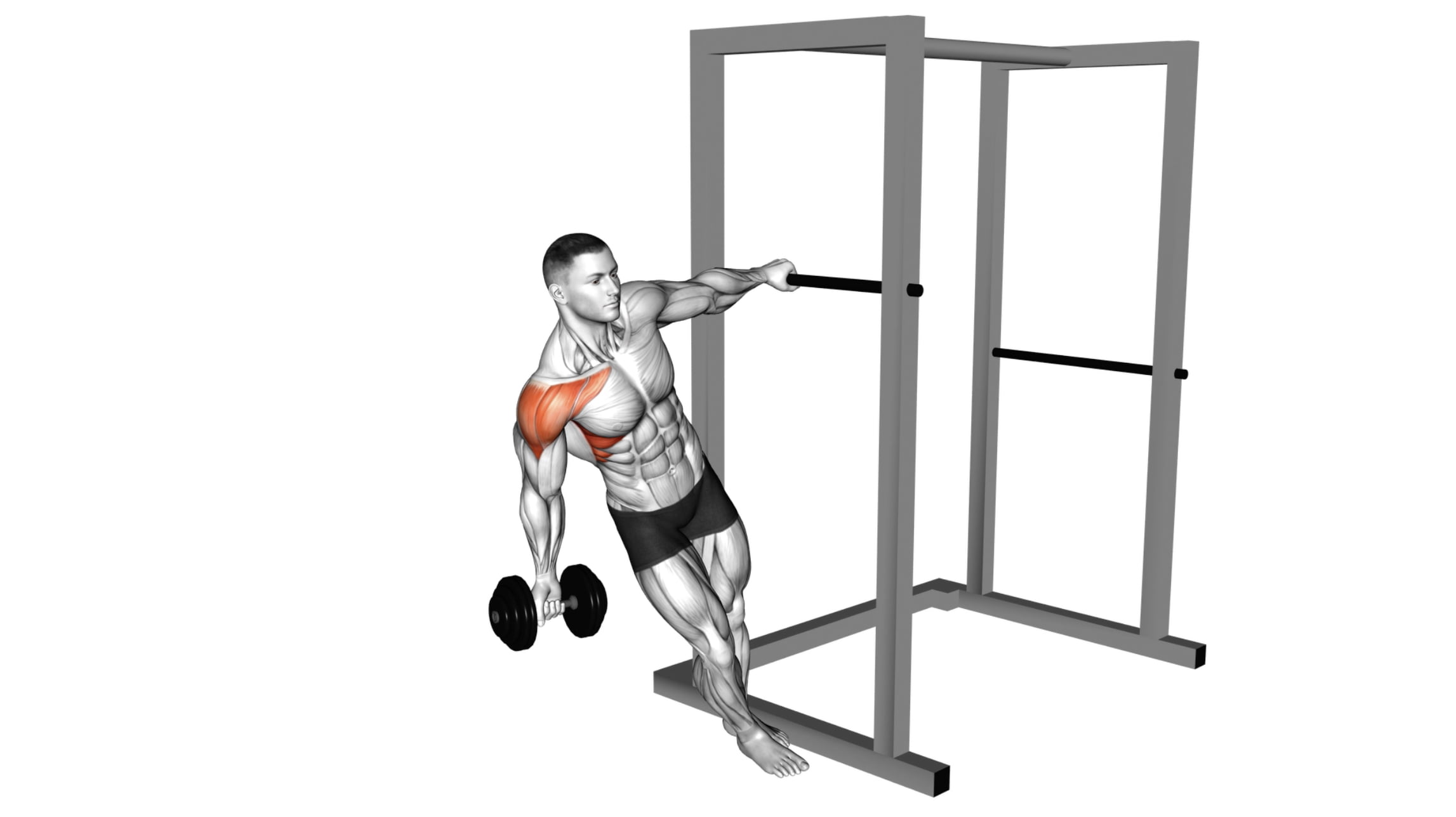
Achieving the coveted V-shaped torso isn’t just about building a broad back; your side deltoids play a crucial role in sculpting that desirable upper body silhouette. As someone who has spent years refining strength training techniques and understanding how specific exercises can enhance muscle definition, I can attest to the transformative power of targeted deltoid workouts.
Focusing on exercises for side deltoids not only enhances your physical appearance but also contributes significantly to shoulder stability and function.
Side deltoid development is vital for anyone looking to achieve balanced, strong shoulders that are both functional and aesthetically pleasing. This article will delve into ten effective exercises designed specifically to chisel those often-neglected muscles.
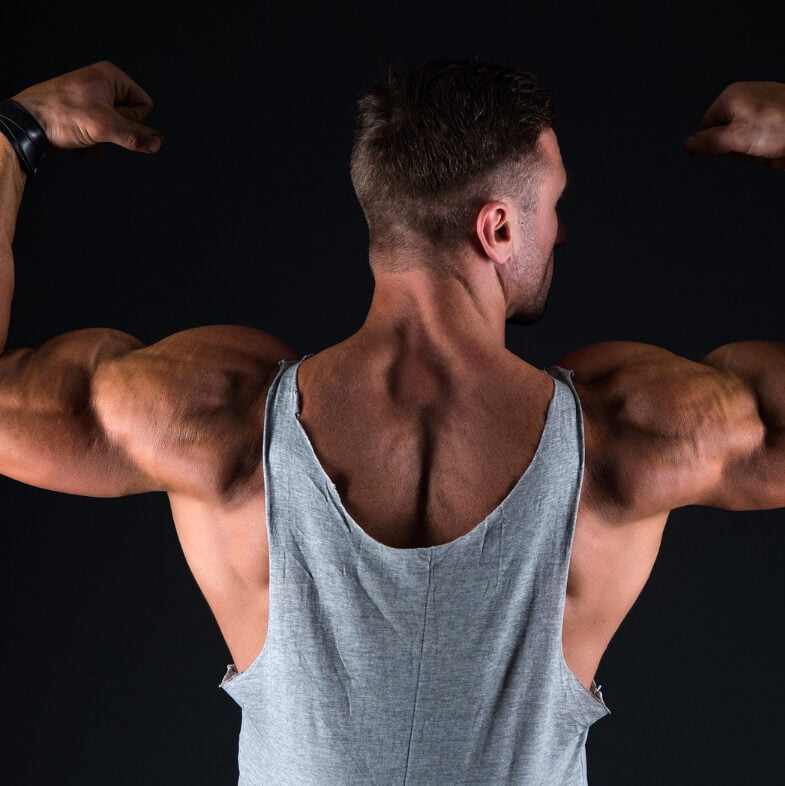
Incorporating these movements into your routine promises a noticeable enhancement in shoulder contour and power—a game-changer for your overall fitness regime. Ready to upgrade your workouts? Let’s dive into these top-tier exercises that stand out in their effectiveness for shaping up those side delts!
Key Takeaways
- Performing exercises like Cable Leaning Lateral Raise, Dumbbell Alternate Shoulder Press, and Barbell Upright Row specifically targets the lateral head of your deltoid muscles to enhance strength and define your shoulders.
- Side deltoid training not only improves the aesthetic appearance of your shoulders but also increases stability and overall shoulder function, reducing the risk of potential injuries.
- It’s important to focus on proper form during side delt exercises to ensure maximum muscle engagement and prevent injury; this includes maintaining a slight bend in elbows and stabilizing with your core.
- Incorporating a mix of isolation movements such as cable lateral raises with compound movements like barbell presses can lead to balanced muscle development for optimum shoulder health.
- Gradually increasing weight resistance while keeping within the recommended 8 – 12 reps per set helps stimulate muscle growth over time. Remember that rest days are essential for allowing muscles to repair and grow stronger.
What Are Side Deltoids?
Side deltoids, also known as the lateral deltoids, are the muscles on the sides of your shoulders. These muscles play a key role in shoulder abduction movements and are essential for overall shoulder stability and strength.
Exercises for side deltoids help to sculpt and define this area for a well-rounded upper body physique.
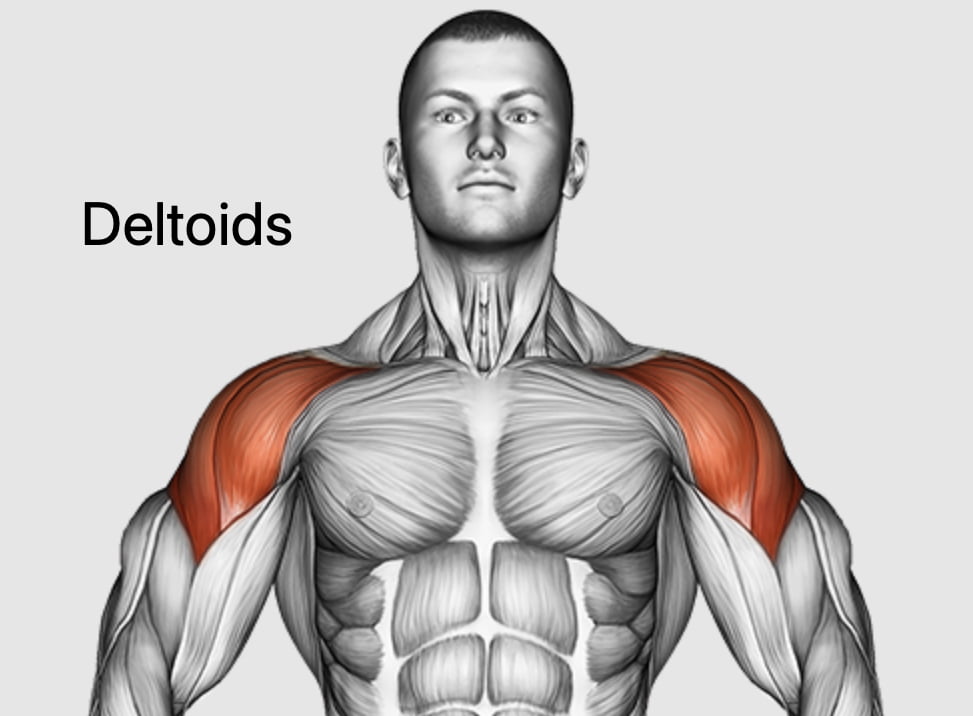
Description and location
The deltoid muscle wraps around the shoulder, forming a rounded contour that many gym enthusiasts aim to define. Specifically, the side or lateral deltoids are positioned on the outer aspect of the shoulder and play a key role in lifting your arms out to your sides.
These muscles contribute significantly to a well-proportioned and powerful upper body look essential for both aesthetics and functional strength.
Strengthening these muscles can enhance stability around the shoulder joint, preventing injuries while performing various movements from upright rows to pushing motions. With this foundation in mind, we’ll now explore effective exercises tailored towards building and sculpting your side deltoids for better form, function, and overall muscular balance.
The Importance of Side Deltoid Training
Training your side deltoids is crucial for achieving well-rounded shoulder development, which not only enhances aesthetics but also improves stability and strength for better athletic performance.
Interested in learning more about effective exercises for side deltoids? Keep reading to discover the best workouts to sculpt and strengthen this important muscle group.
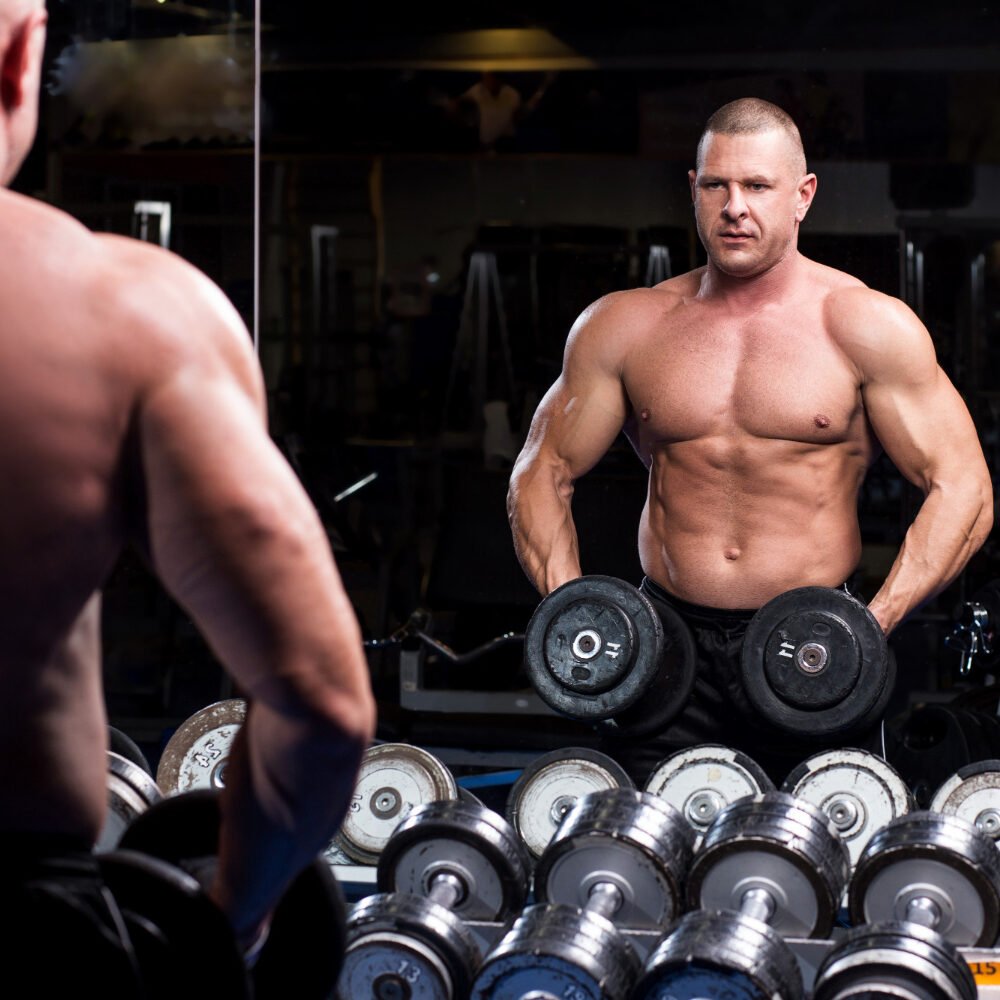
Aesthetics
Well-developed side deltoids can turn a good physique into a great one, drawing the eyes to a powerful upper body and that coveted V-taper. Focusing on your side delts will carve out an aesthetic often desired by fitness enthusiasts and professional bodybuilders alike.
Sculpting these muscles adds depth to the shoulder complex, creating a look of strength that stands out even in relaxed states.
Crafting impressive shoulders isn’t just about size; it’s also about symmetry. A balanced approach to training ensures that your medial deltoids don’t lag behind their front and rear counterparts.
This balance is key for an aesthetically pleasing silhouette, which can greatly enhance both your confidence and appearance in everything from fitted shirts to swimwear. Embrace exercises targeting the middle delts to build this essential component of an attractive physique while bolstering overall shoulder health and function.
Stability
Strong side deltoids play a pivotal role in stabilizing your shoulder joint during both everyday activities and intense workouts. Training this muscle group helps to bolster the overall stability of your shoulders, allowing you to perform a wide range of motions with confidence and control.
It’s essential not only for achieving an aesthetically pleasing physique but also for fostering muscle balance that guards against injury.
Regularly incorporating exercises targeting the side deltoids can enhance joint stability, contributing to smoother movement patterns across various compound exercises. Strike a balance between isolation and compound movements to ensure these muscles are developing evenly, which is key in supporting other parts such as the rotator cuff and trapezius for robust shoulder health.
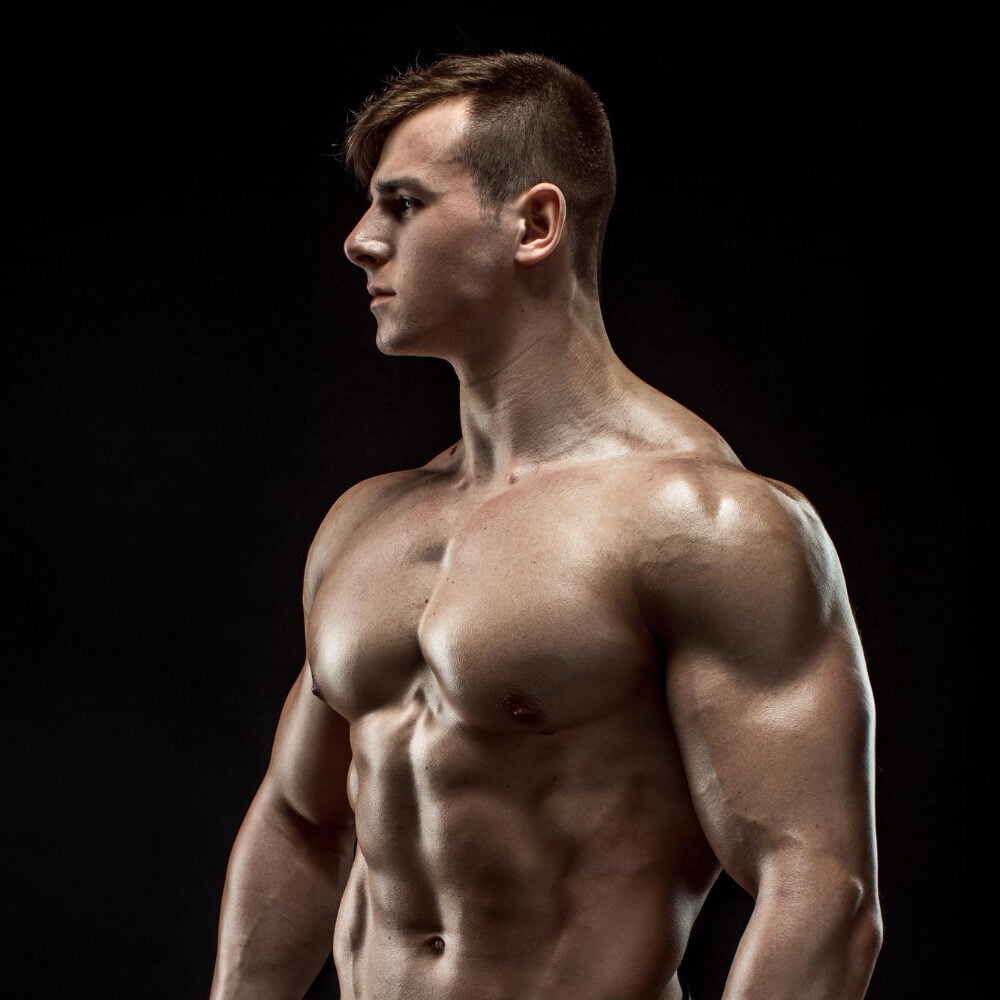
Strength
To develop strength in your side deltoids, incorporate exercises such as cable leaning lateral raises, dumbbell alternate shoulder presses, and barbell upright rows into your training routine.
These movements specifically target the side deltoids, helping to enhance upper body stability and improve overall shoulder strength. By progressively increasing the weight and reps of these exercises over time, you can effectively build up the muscles in this area, leading to more defined shoulders and improved posture.
Focusing on developing strength in your side deltoids not only contributes to a well-rounded physique but also plays a crucial role in reducing the risk of shoulder injuries. Emphasizing proper form and technique during each exercise is essential for maximizing the strengthening benefits while minimizing potential strain on other muscle groups.
Athletic Performance
Training the side deltoids is not only beneficial for aesthetics and stability but also crucial for enhancing athletic performance. Strengthening these muscles contributes to improved shoulder stability during dynamic movements such as throwing, swimming, and racquet sports.
By engaging in targeted exercises like cable leaning lateral raises or barbell upright rows, athletes can develop the necessary strength and endurance in their shoulders to enhance performance while reducing the risk of injury during strenuous physical activities.
Athletes who prioritize side deltoid training will experience greater upper-body power and agility, leading to enhanced performance across a range of sports. As these muscles play a pivotal role in stabilizing the shoulder joint during various movements, dedicated training can significantly improve an athlete’s overall functional strength and execution on the field or court.
10 Best Exercises For Side Deltoids
1. Cable Leaning Lateral Raise
Performing Cable Leaning Lateral Raise is an effective way to target and sculpt the lateral head of your deltoid muscles. While leaning away from the cable machine, execute controlled lateral raises to engage and strengthen your side deltoids.
This exercise not only enhances shoulder stability but also contributes to well-defined and sculpted side deltoids when incorporated into your workout routine. Remember to prioritize maintaining proper form and control throughout the movement to prevent any risk of injury.
2. Cable Lateral Raise
The cable lateral raise is a top exercise for building and defining the side deltoids. By performing this exercise, constant tension is maintained on the deltoid muscles throughout the entire range of motion.
It effectively targets the lateral head of the shoulders, helping to sculpt those desirable shoulder contours. To maximize its effectiveness, it’s crucial to execute the cable lateral raise with proper form and controlled movements.
This exercise specifically isolates and engages the lateral head of the deltoid muscle while providing continuous tension during each repetition. With regular training incorporating cable lateral raises, you can sculpt well-defined side delts that contribute to an aesthetically pleasing shoulder appearance.
3. Dumbbell Alternate Shoulder Press
The Dumbbell Alternate Shoulder Press is an integral exercise for sculpting the side deltoids. With this movement, you lift dumbbells overhead, alternating between each arm. It effectively targets and strengthens the side deltoid muscles, contributing to a more defined and sculpted shoulder appearance.
This versatile exercise can be performed with a variety of weights, allowing for progression as strength increases. By maintaining proper form and control throughout the movement, you can maximize the benefits while minimizing the risk of injury.
4. Dumbbell Arnold Press
How to perform the Dumbbell Arnold Press exercise? Hold dumbbells at shoulder height with palms facing towards you. Press the weights overhead while rotating the palms to face forward. The Dumbbell Arnold Press is named after Arnold Schwarzenegger and specifically targets the side deltoids.
5. Barbell Upright Row
The Barbell Upright Row is a compound exercise that effectively targets the side deltoid muscles. It also engages the traps and upper back, making it a comprehensive workout for multiple muscle groups.
Proper form and technique are crucial to avoid injury when performing this exercise, so ensure elbows are higher than forearms and engage in controlled movements throughout.
Incorporating the Barbell Upright Row into your routine alongside other exercises can prevent plateauing and continuously challenge the side deltoid muscles for optimal results. Remember to progressively increase weight and reps while prioritizing proper form to sculpt and strengthen your side deltoids effectively.
6. Barbell Incline Shoulders Press
Using a barbell on an incline bench, the Barbell Incline Shoulders Press effectively targets the side deltoids. It’s a key exercise in sculpting and strengthening these muscles, helping to build size and definition in the shoulders.
Maintaining proper form and control throughout each movement is crucial for targeting the side deltoids effectively.
This exercise can be integrated into a shoulder workout routine to develop strength and shape in this specific area, making it an essential addition to any well-rounded training program aimed at enhancing shoulder aesthetics and functionality.
7. Dumbbell Seated Lateral Raise
Enhance your shoulder workout with the Dumbbell Seated Lateral Raise. Begin by sitting on a bench with a dumbbell in each hand, arms hanging by your sides, and palms facing inward. Maintaining a slight bend in your elbows, lift the dumbbells out to your sides until they reach shoulder height.
Focus on using your lateral deltoids to lift the weights, keeping the movement controlled and deliberate. Avoid using momentum or swinging your body. Lower the dumbbells back down with control to the starting position.
This exercise isolates the lateral head of the shoulder, contributing to broader shoulder development. Incorporate the Dumbbell Seated Lateral Raise into your shoulder routine to target the side delts effectively. Adjust the weight according to your fitness level and perform the exercise with strict form for optimal shoulder sculpting benefits.
8. Lever Lateral Raise
Transitioning from the Dumbbell Seated Lateral Raise to the Lever Lateral Raise, this exercise specifically targets and isolates the lateral deltoids. Using a lever machine to perform lateral raises provides resistance to the side deltoids, helping to develop strength and definition in this area.
With its ability to be adjusted for different fitness levels, individuals can effectively sculpt their side deltoids while minimizing the risk of injury and maximizing results by incorporating this exercise into their workout routine alongside other targeted movements.
9. Kettlebell Alternating Press
The Kettlebell Alternating Press is a dynamic exercise that effectively targets the side deltoids. This exercise involves lifting a kettlebell overhead while alternating between each arm, which engages the shoulders and stabilizing muscles.
By integrating the Kettlebell Alternating Press into your shoulder workout routine, you can enhance strength and stability in your side deltoids. Additionally, focusing on proper form and control during this exercise will help reduce the risk of injury while maximizing its benefits for sculpting your shoulders.
10. Band Lateral Raise
The band lateral raise targets the side deltoids, located on the sides of the shoulders. This exercise helps improve shoulder strength and stability while sculpting the side deltoids for a more defined appearance.
When incorporating band lateral raises into a shoulder workout routine, different resistance levels can be achieved by using bands with varying tension, making it adaptable to individual fitness levels.
Proper form and control are essential to avoid injury and maximize effectiveness during band lateral raises. It is recommended to combine this exercise with others for a well-rounded shoulder sculpting routine that yields functional benefits in addition to aesthetic goals.
Tips for Side Deltoid Training
When it comes to training your side deltoids, it’s important to progressively increase weight and reps, prioritize side delt exercises, and focus on proper form and technique. Additionally, make sure to pay attention to recommended sets and reps, incorporate nutrition tips for muscle growth and recovery, and listen to your body for adequate rest and recovery.
Progressively increase weight and reps
Gradually increase the amount of weight you lift as your strength improves. This approach helps challenge your muscles and stimulates growth in your side deltoids over time. It’s crucial to start with a weight that allows for proper form and technique, ensuring that each exercise is performed accurately before adding more resistance.
As you progress, add more reps to each set to further encourage muscle development in your side deltoids. Consistency is key—stick to a regular workout schedule and push yourself during each session to promote continuous improvement in strength and muscle tone.
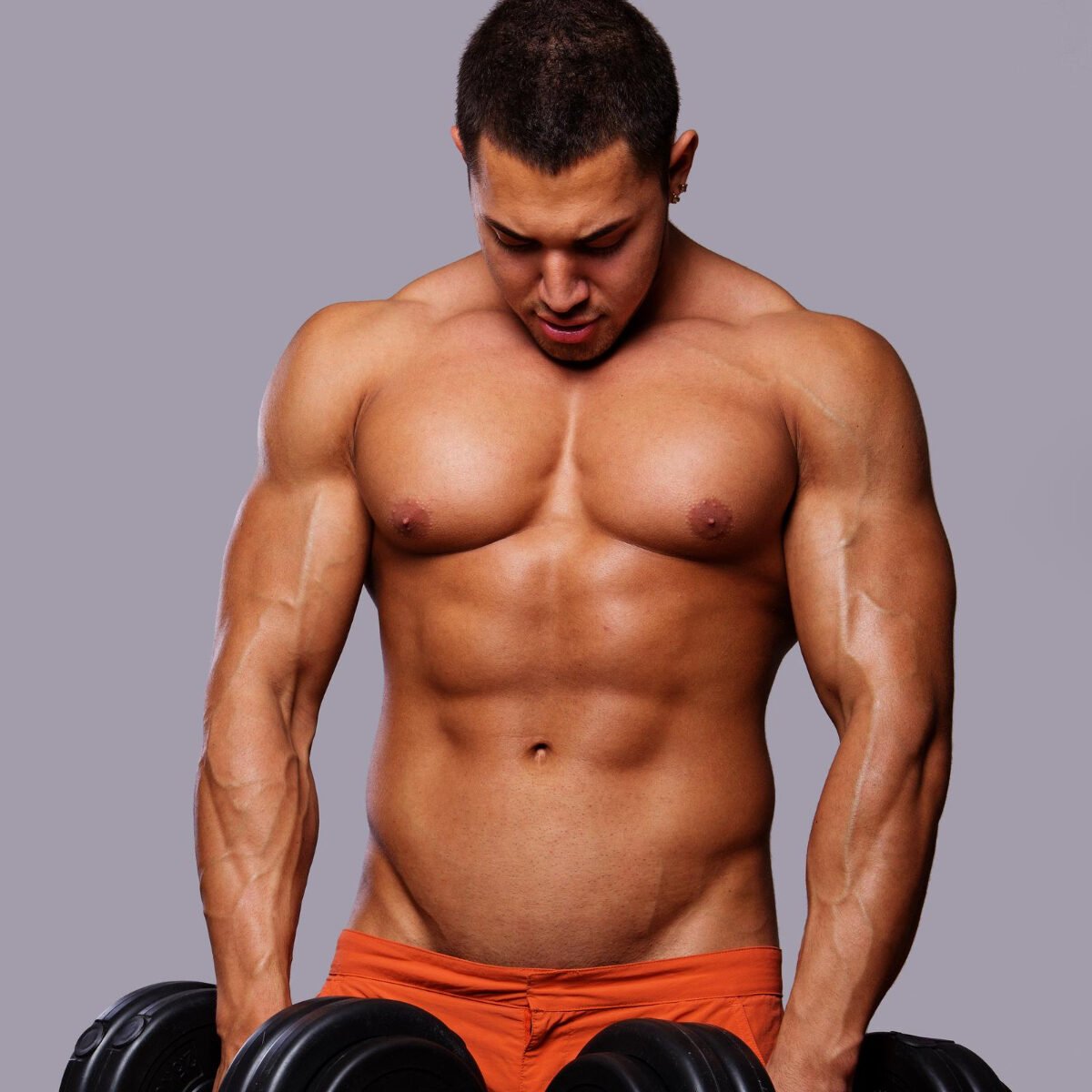
Prioritize side delt exercises
When targeting the side deltoids, prioritize exercises that isolate and challenge these muscles. By focusing on lateral raises, cable exercises, and alternating shoulder presses, you can effectively engage the side delts for optimal growth.
Ensure proper form and technique to fully activate the targeted muscles while reducing the risk of injury.
Progressively increase weights and reps as your strength improves to continually challenge the side deltoids for muscle growth. Incorporating a variety of intensity techniques such as drop sets or supersets can also help stimulate new muscle development.
Emphasizing proper nutrition and allowing adequate rest are equally important in maximizing gains from your side deltoid workouts.
Proper form and technique
Prioritize side delt exercises to develop the proper form and technique needed for effective training. Remember to maintain a slight bend in your elbows during exercises, directing the movement’s focus on the side delts while reducing strain on your joints.
Engage your core and keep your chest up to stabilize the body, preventing any cheating movements. When performing cable leaning lateral raises or dumbbell Arnold presses, control the weight without relying on momentum.
Utilize a complete range of motion during activities such as barbell upright rows or lever lateral raises to optimally target your side delts.
Recommended Sets And Reps
After ensuring proper form and technique, it’s important to determine the recommended sets and reps for an effective side deltoid workout. Here are the optimal guidelines to maximize your training:
- Perform 3 – 4 sets of each exercise.
- Aim for 8 – 12 repetitions in each set. Ensure that the weight used challenges you within this range.
- Gradually increase the resistance as strength and endurance improve.
- Include rest days in between side deltoid training sessions to allow for muscle recovery and growth.
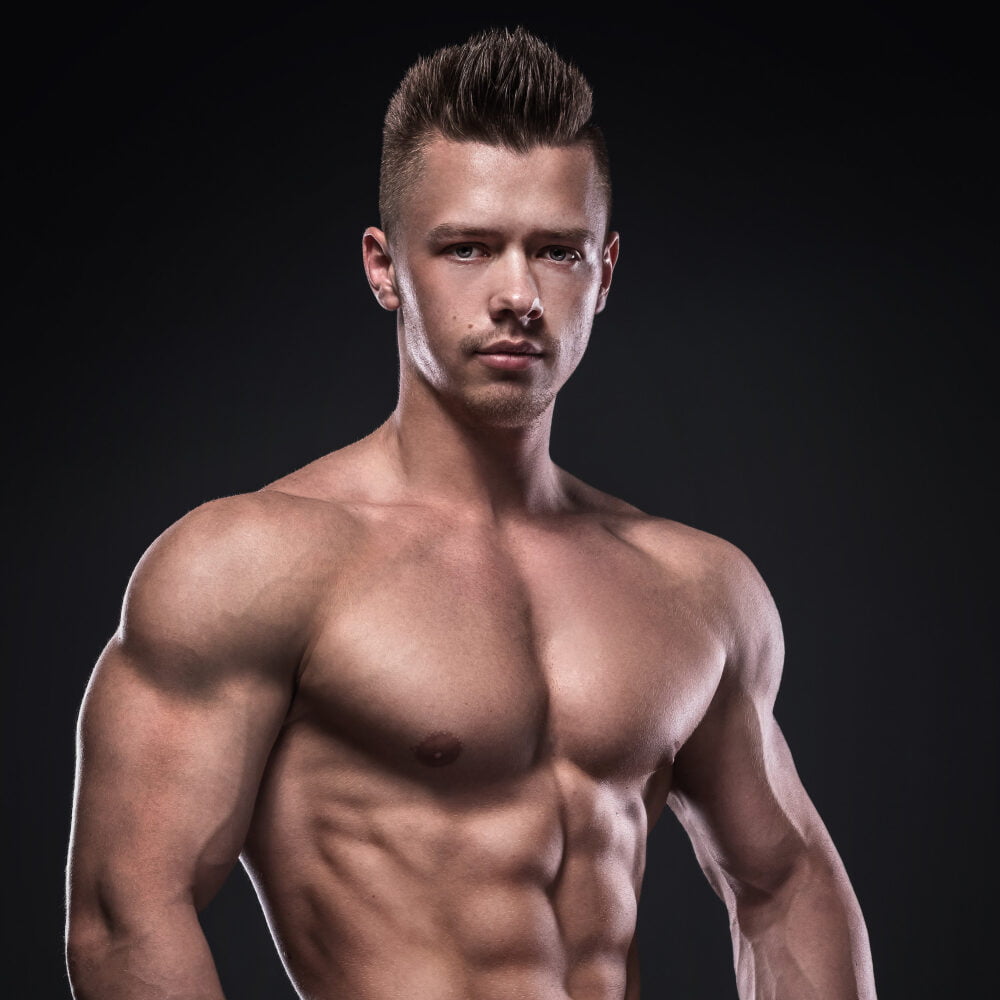
Nutrition tips for muscle growth and recovery
To complement your workout routine, a well-balanced diet is essential for muscle recovery and growth. Including an adequate amount of protein in each meal supports muscle repair and growth, while complex carbohydrates provide the necessary fuel for high-intensity workouts.
Healthy fats are important for hormone production and overall health. Additionally, staying hydrated is vital for proper muscle function and quick recovery. These nutrition tips will help optimize your training efforts by ensuring that your body receives the nutrients it needs to build and repair muscles effectively.
By incorporating these nutrition tips into your daily routine, you can support your body’s ability to recover from intense workouts while promoting muscle growth.
Listen to your body and allow for adequate rest and recovery
Rest and recovery are essential components of any effective muscle-building routine, including side deltoid training. When striving to sculpt and strengthen your side deltoids, paying attention to your body’s signals is crucial.
By allowing for adequate rest between workouts, you give your muscles the time they need to repair and grow. Overtraining can lead to fatigue, decreased performance, and a higher risk of injury – results that are counterproductive to your fitness goals.
By incorporating rest days into your workout schedule and prioritizing proper recovery methods such as nutrition and sleep, you set yourself up for long-term success in achieving well-defined side deltoids through the recommended exercises.
Conclusion
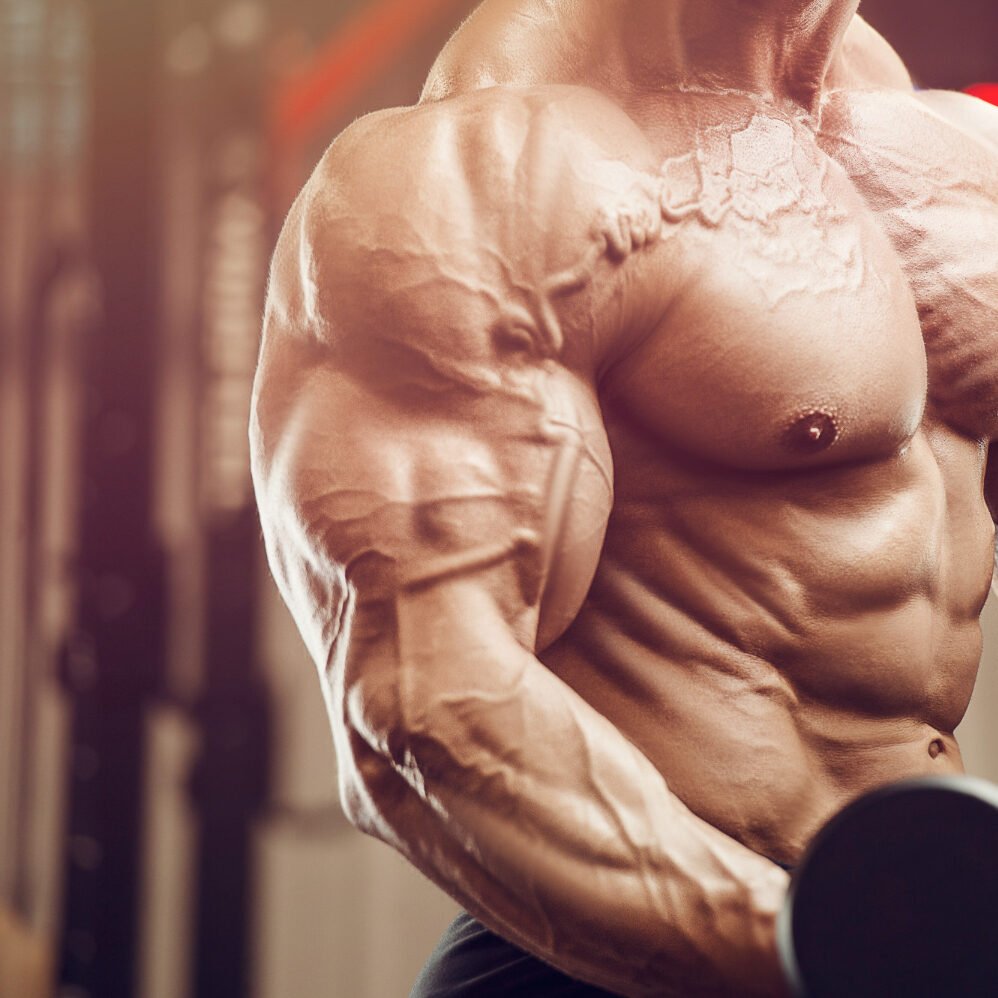
In conclusion, mastering these exercises for side deltoids can dramatically improve your shoulder strength and aesthetics. Implementing these strategies will not only enhance your workout routine but also boost stability and athletic performance.
Have you considered incorporating these practical and efficient tips into your fitness regimen? What impact could sculpted side deltoids have on your overall physique? Remember to prioritize proper form, gradually increase intensity, and allow adequate rest to maximize the effectiveness of these exercises.
Take charge of your fitness journey by embracing new challenges and pushing yourself towards achieving stronger, more defined shoulders!
FAQs
1. What are the best exercises for targeting my side deltoids?
To sculpt your side deltoids, incorporate effective movements like lateral raises with free weights, military presses, and upright rows. These target your anterior and posterior deltoids for balanced upper arm development.
2. How can I isolate my rear delts during a workout?
Isolation exercises that focus on your rear delts include the rear delt row, reverse flyes on an incline bench, and face pulls. Consistent execution of these movements ensures you’re directly working those muscles.
3. Can push-ups help strengthen my shoulder muscles?
Yes! Push-ups engage not just your pecs but also your front delts as you press up from the ground. They serve as a compound exercise engaging multiple muscle groups including anterior deltoid which gets worked when lifting weights.
4. Should I use heavy weights to build my shoulder muscles?
Progressive overload is key; start with lighter weight to master form then gradually increase it to challenge your shoulders while avoiding injury or shoulder impingement.
5. Is there a risk of overworking my shoulders with too many isolation exercises?
Balance is crucial in bodybuilding; mix isolation exercises with compound movements like pull-ups to prevent overuse injuries such as rotator cuff issues or shoulder impingement disorders.
6. Why should external rotation be part of my shoulder training routine?
Incorporating external rotation into workouts aids in strengthening rotator cuffs—which support healthy shoulder blades’ movement—thereby enhancing overall stability and preventing injuries.

Author
Years ago, the spark of my life’s passion ignited in my mind the moment I stepped into the local gym for the first time. The inaugural bead of perspiration, the initial endeavor, the very first surge of endorphins, and a sense of pride that washed over me post-workout marked the beginning of my deep-seated interest in strength sports, fitness, and sports nutrition. This very curiosity blossomed rapidly into a profound fascination, propelling me to earn a Master’s degree in Physical Education from the Academy of Physical Education in Krakow, followed by a Sports Manager diploma from the Jagiellonian University. My journey of growth led me to gain more specialized qualifications, such as being a certified personal trainer with a focus on sports dietetics, a lifeguard, and an instructor for wellness and corrective gymnastics. Theoretical knowledge paired seamlessly with practical experience, reinforcing my belief that the transformation of individuals under my guidance was also a reflection of my personal growth. This belief holds true even today. Each day, I strive to push the boundaries and explore new realms. These realms gently elevate me to greater heights. The unique combination of passion for my field and the continuous quest for growth fuels my drive to break new ground.





